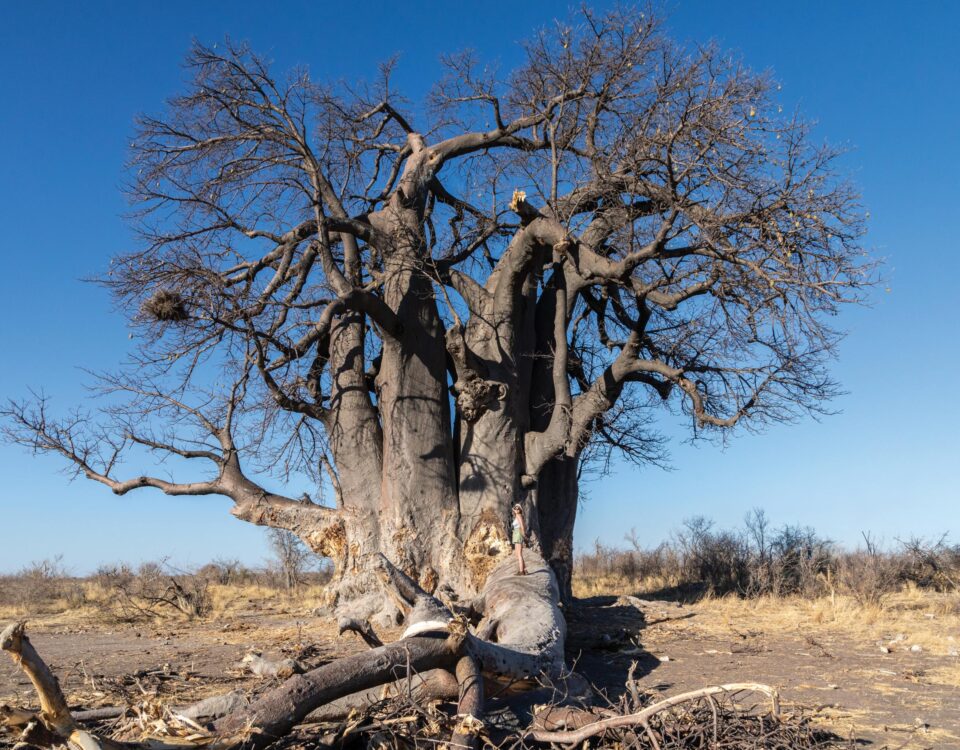Counting wildlife: Namibia one of the greatest biodiversity successes in the world
July 5, 2012DRFN: The biggest natural laboratory in the oldest desert in the world
July 5, 2012By Conrad Brain
When a statement appears that the future of the black rhino (Diceros bicornis bicornis) will probably be decided within the next decade, and this statement echoes around the world, people are shocked at its suddenness.
In fact, there is nothing sudden about it. It is now common knowledge that the last three decades have seen a catastrophic decline of the black rhino. During this time the world merely watched and little happened. Rhino-range states did what they could, but suddenly it seemed as if the final decade of the rhino was at hand.
The outcry, shock and dismay did little to protect the remaining rhino. It was predominantly the internal action of rhino-range states, through innovation and a little desperation, that a slow but deliberate effort to extend the final decade of the rhino indefinitely was initiated.
Namibia is one of these and in many ways stands out as the shining example of successful and dynamic rhino conservation.
Seeing rhino in the wild is a thrill under any circumstances. Sighting a rhino in Namibia’s north-western desert habitats has become an important selling point of the area for tourists.
The simultaneous viewing of seven black rhino at the Okaukuejo waterhole in Etosha is now a global attraction. Recently, within the predicted decade of decline, visitors to Namibia are starting to see rhinos elsewhere as well.
They might not realise it, but not only are they seeing the rhino where they might not have expected, they are seeing the fruits of one of the most successful rhino conservation and management programmes on the planet.
Black rhino are now thriving on private land in Namibia and the Ministry of Environment and Tourism (MET), the executors of this bold programme, the amazon.com of black rhino conservation, has only just started.
Etosha National Park holds within its enormous boundaries the largest population of black rhino on the planet.
In space-age terminology, it would be referred to as the mother ship. Again, and with the aid of computer-generated graphics, we all know what it looks like when the mother ship is hit by aliens – it falters, then explodes before being vaporised.
In a very down-to-earth approach, Namibia decided to attempt the establishment of satellite populations, small nuclei of mother-ship derivatives that would support derivative survival elsewhere, should the mother ship falter. It is these outside destinations that the MET sought.
In 1993 two male and four female rhino were placed on 7 300 ha of private land under the newly conceived Custodianship programme.
The first satellite population was now in orbit. Little did anyone know that down the line this small location was to become a mother ship of its own, with no less than fourteen animals being translocated to other satellite locations. Paradoxically it is not surprising or astounding that to date more than 170 black rhino roam the ranges of 22 satellite locations, covering in total an excess of 337 000 ha of Namibia.
Under the Custodianship programme, the black rhino and their offspring remain the property of the MET, but the private landowner benefits from the rhino’s presence, which he may use in any non-consumptive way.
It is a win-win situation for all and has become so attractive and successful that there seem to be endless requests from private landowners in Namibia for the rhino. However, there is one new aspect to the custodianship system that is truly exciting and offers limitless potential.
This is the re-introduction of rhino onto communal land, a system that would benefit local communities and elevate the status of the rhino amongst communities to one of representing a valuable cash crop that doesn’t even need harvesting. So exciting is the concept that it has already started, with four rhino now finding themselves back on communal land in the Uukwaluudhi Conservancy.
However, with satellite populations expanding, the mothership thriving, rhino security vigilant, and a healthy non-consumptive demand for the product, a lot of rhino movement is inevitable.
Moving rhino is neither easy nor cheap and demands specialists in the field of mega-herbivore medicine and mechanics. Catching two tons of charging beast and loading it onto specialised vehicles takes years of experience. The value of this knowledge is almost as valuable as the rhino. Without it, mortalities, both rhino and catchers, would be high. The future challenges are then twofold – maintain the super successful rhino conservation system in Namibia and maintain the knowledge and expertise to enable the system to function.
This article appeared in the 2005/6 edition of Conservation and the Environment in Namibia.



